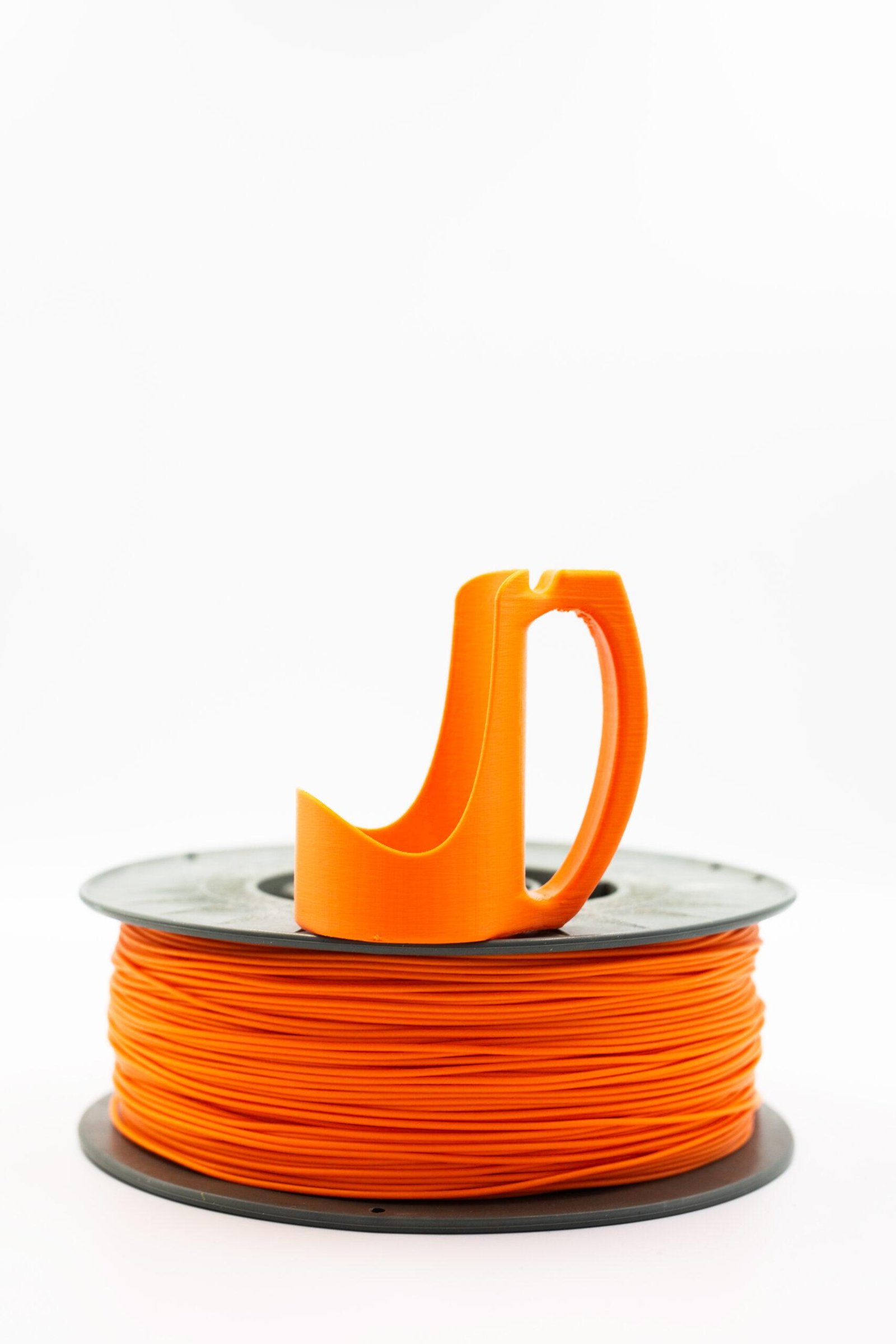Introduction
PCTG has become one of the go-to 3D printing materials for those seeking exceptional impact strength and durability. But did you know that the infill pattern you choose can dramatically influence just how tough your PCTG prints turn out? From functional prototypes to everyday parts that need to take a beating, choosing the right infill is critical if you want to maximize the performance of your prints. This guide will walk you through the science, the options, and the real-world best practices for choosing infill patterns that truly bring out the best in your PCTG.
Understanding PCTG and Its Mechanical Properties
PCTG (PolyCyclohexylene Dimethylene Terephthalate Glycol) is a tough, clear copolyester that sits in the same family as PETG but boasts greater clarity, chemical resistance, and, crucially, higher impact strength. Compared to PLA, which is popular for its ease of use but brittle nature, or even PETG and ABS, PCTG offers an impressive combination of resilience, flexibility, and ease of printing. This makes it ideal for parts that need to handle drops, knocks, or repeated stress—think protective cases, tool handles, or mechanical components. But to fully leverage these benefits, you’ll need to consider more than just the material itself: your chosen infill pattern plays a massive role in how a part performs under pressure.
The Science Behind Infill Patterns and Impact Strength
Infill isn’t just about saving filament or making prints lighter—it’s a key design choice that affects strength, flexibility, and even the “feel” of a printed part. The geometry of your infill pattern distributes force and absorbs impact differently depending on its shape, density, and connection points. For PCTG, which shines under impact testing, the right infill can make the difference between a part that cracks and a part that bounces back. Keep in mind: infill density (the percentage of the interior that is solid) also matters. Generally, a higher infill density means greater strength, but the infill pattern can sometimes be more significant than just piling on more material.
Popular Infill Patterns for Impact Strength
Let’s break down some of the most common infill patterns and how they perform with PCTG:
1. Gyroid:
The gyroid pattern is often regarded as the “gold standard” for impact strength. Its continuous, non-repeating geometry disperses forces evenly in all directions, reducing weak points. For parts that must absorb shocks, the gyroid infill with 20-40% density provides an excellent balance of strength, flexibility, and print speed.
2. Honeycomb:
Honeycomb infill is famous for its high strength-to-weight ratio. Its hexagonal cells mimic nature’s most efficient structure, making it a favorite for lightweight parts that still require impact resistance. However, honeycomb infill can take longer to print and may require more filament.
3. Grid and Rectilinear:
Grid patterns are simple and print fast, but their straight lines tend to create stress concentration points that can be a weak link for high-impact parts. Still, for general purpose parts or prototypes, a grid infill at 30% can suffice.
4. Cubic and 3D Patterns:
These infills create a 3D lattice inside your part, providing isotropic strength (equal in all directions). For PCTG prints needing consistent impact resistance from all angles, a cubic infill is a solid choice.
How to Choose the Right Infill Pattern for Your PCTG Print
When selecting an infill pattern, consider your part’s application, load-bearing areas, and required durability. For functional parts that will endure impact, prioritize gyroid or honeycomb patterns with a 25–40% density. For models where weight or filament savings are crucial, you can drop to 15–20% with a cubic or gyroid infill. If your part will be subject to continuous bending or twisting, avoid grid or rectilinear, as these may split along the lines under stress.
Also, remember that infill is only part of the strength equation: wall count (perimeters), top and bottom layers, and overall print orientation are equally vital. A thicker wall count can add considerable strength, sometimes more so than raising infill density alone.
Step-by-Step Guide: Setting Infill Patterns in Your Slicer
Most modern slicers (PrusaSlicer, Cura, Bambu Studio, etc.) make it easy to adjust infill settings:
- Open your model and navigate to the Infill section.
- Select your desired pattern: Gyroid, honeycomb, grid, or cubic are popular choices for PCTG.
- Adjust infill density: For maximum impact strength, set between 25–40%.
- Preview the result: Use the slicer’s layer preview to ensure the pattern is applied as intended.
- Consider increasing wall count: In the “Shell” or “Perimeter” section, set at least 3 walls for functional parts.
Real-World Examples and Test Results
Many makers have put infill patterns to the test. In drop and compression tests with PCTG, gyroid and honeycomb consistently outperform grid infill for resisting cracks and absorbing shocks. For instance, a PCTG smartphone case with 30% gyroid infill often survives falls that shatter PLA or PETG versions with grid infill. In real-world use, tool handles printed with honeycomb or gyroid can withstand repeated hammering and twisting with minimal damage.
Additional Tips for Maximizing PCTG Impact Strength
- Use at least three perimeters/walls for added outer strength.
- Print orientation matters: Orient parts so layers run perpendicular to expected force.
- Consider annealing: Carefully heating finished PCTG parts can improve toughness, but follow manufacturer guidelines.
- Store filament properly: Keep PCTG dry and away from UV to maintain its impact properties.
Conclusion
Choosing the right infill pattern is one of the simplest, yet most powerful, ways to get the most out of your PCTG prints. For parts where impact strength is key, go for gyroid or honeycomb patterns at a solid density, and don’t forget to back them up with strong walls and good print settings. Ready to get the most from your next project? Explore our full range of PCTG filaments and discover more expert 3D printing guides at filalab.shop!

